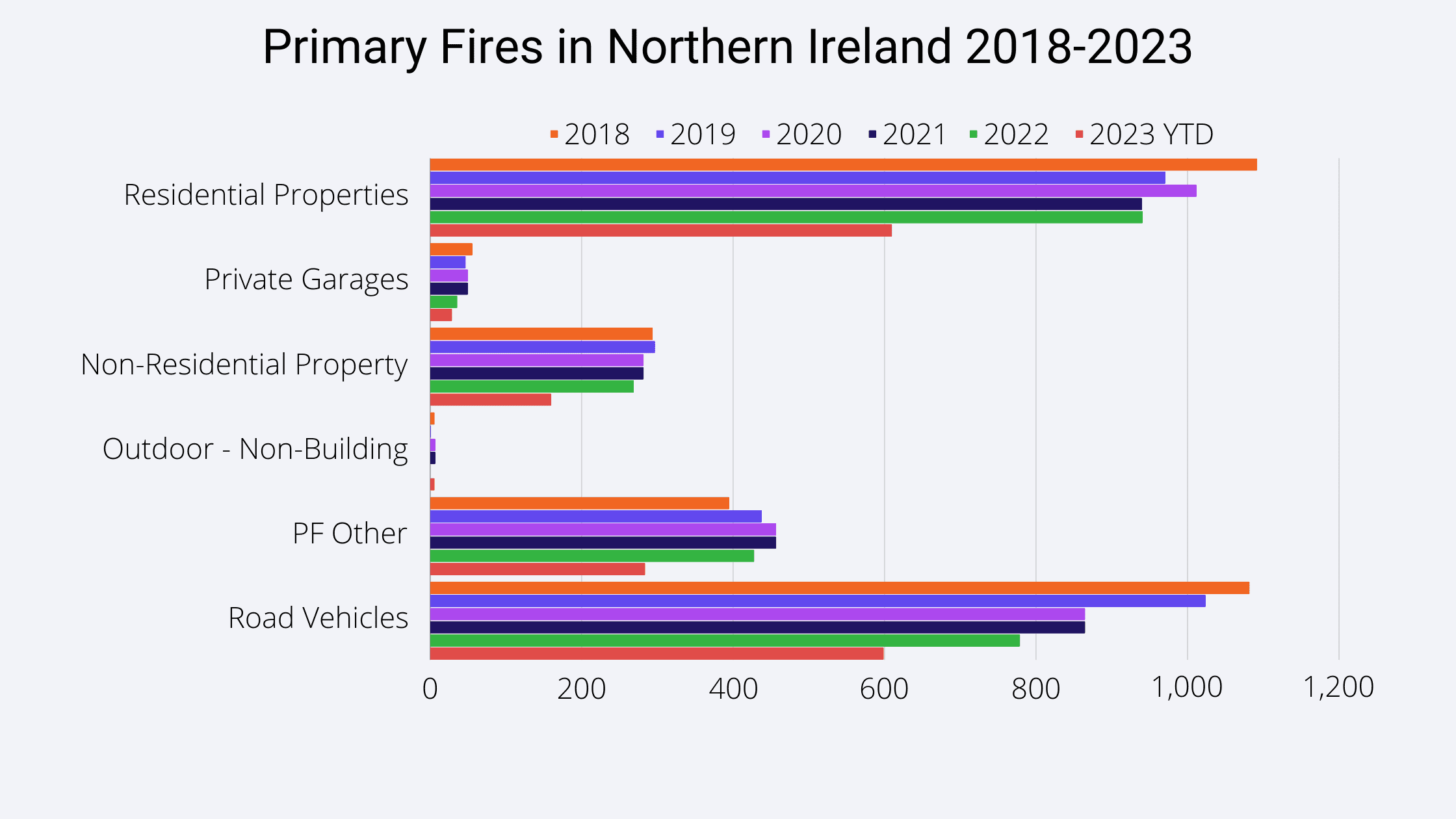
In recent years, primary fires in Northern Ireland have been a significant concern, raising questions about their frequency, types, and associated casualties. To provide a clear picture of the situation, we have gathered and analysed data spanning from 2018 to August 2023. In this blog post, we present a breakdown of the numbers and provide insights into the trends and implications.

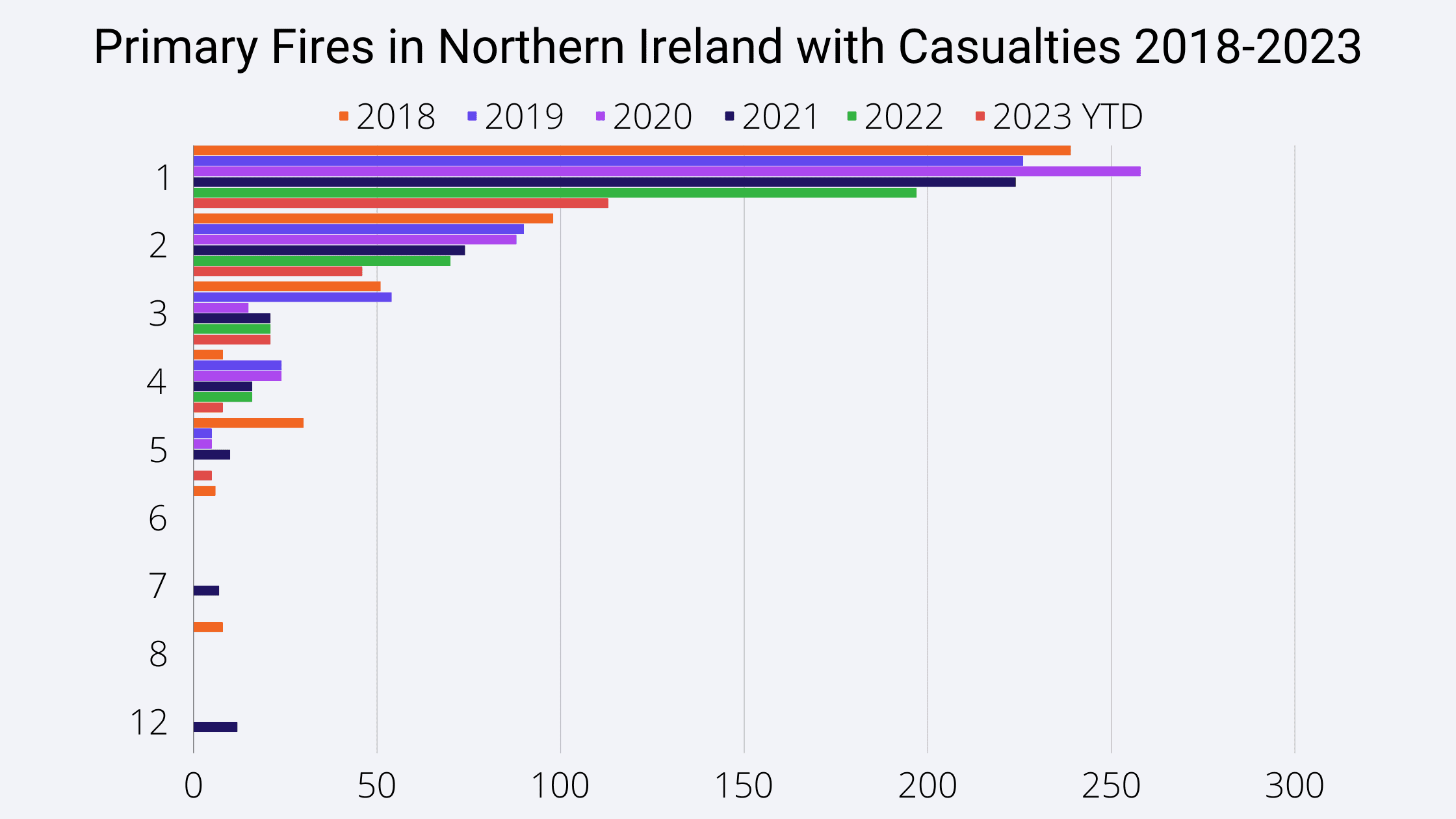
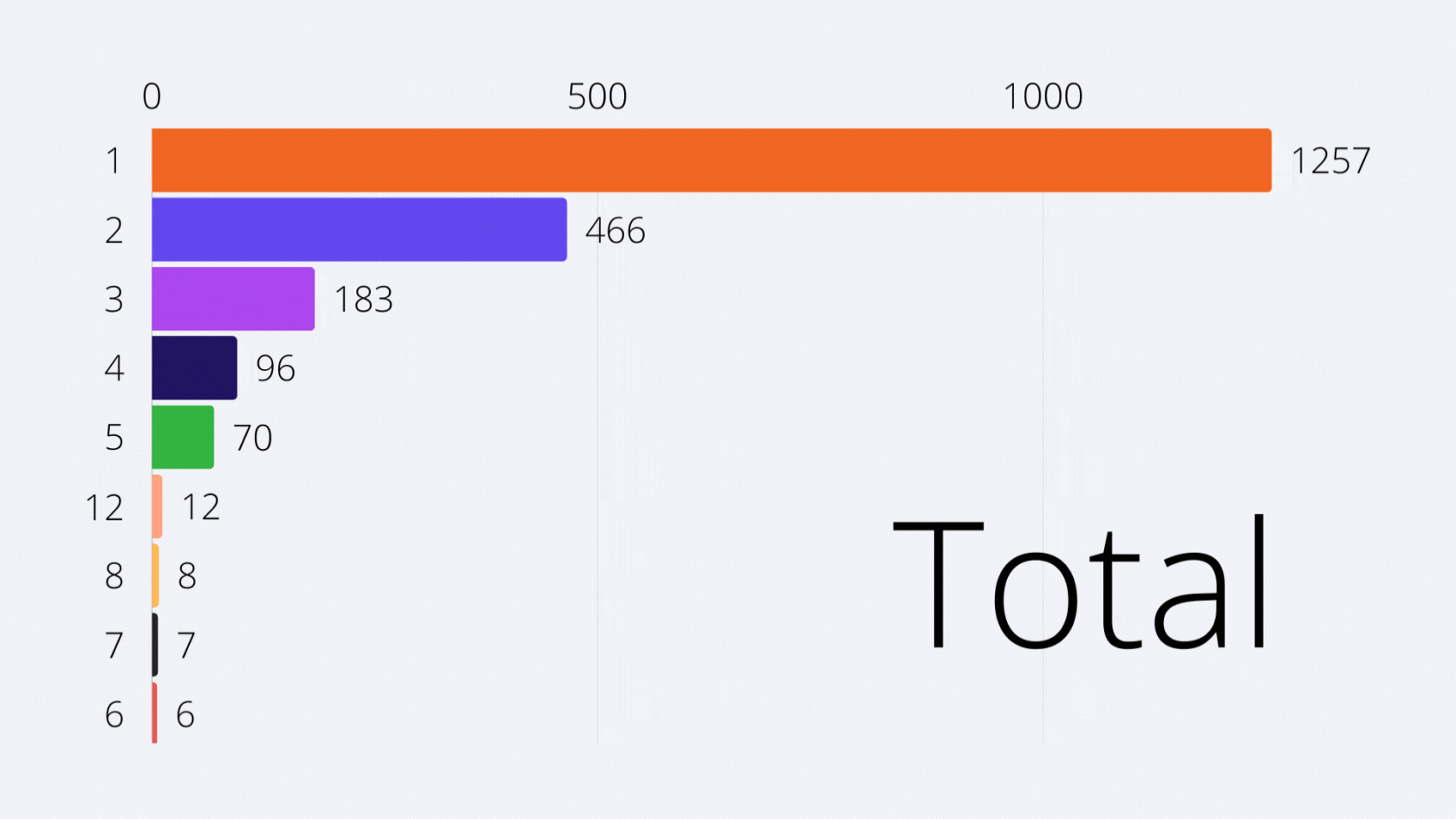

Insights into Primary Fires in Northern Ireland: 2018-2023 and Casualty Impact
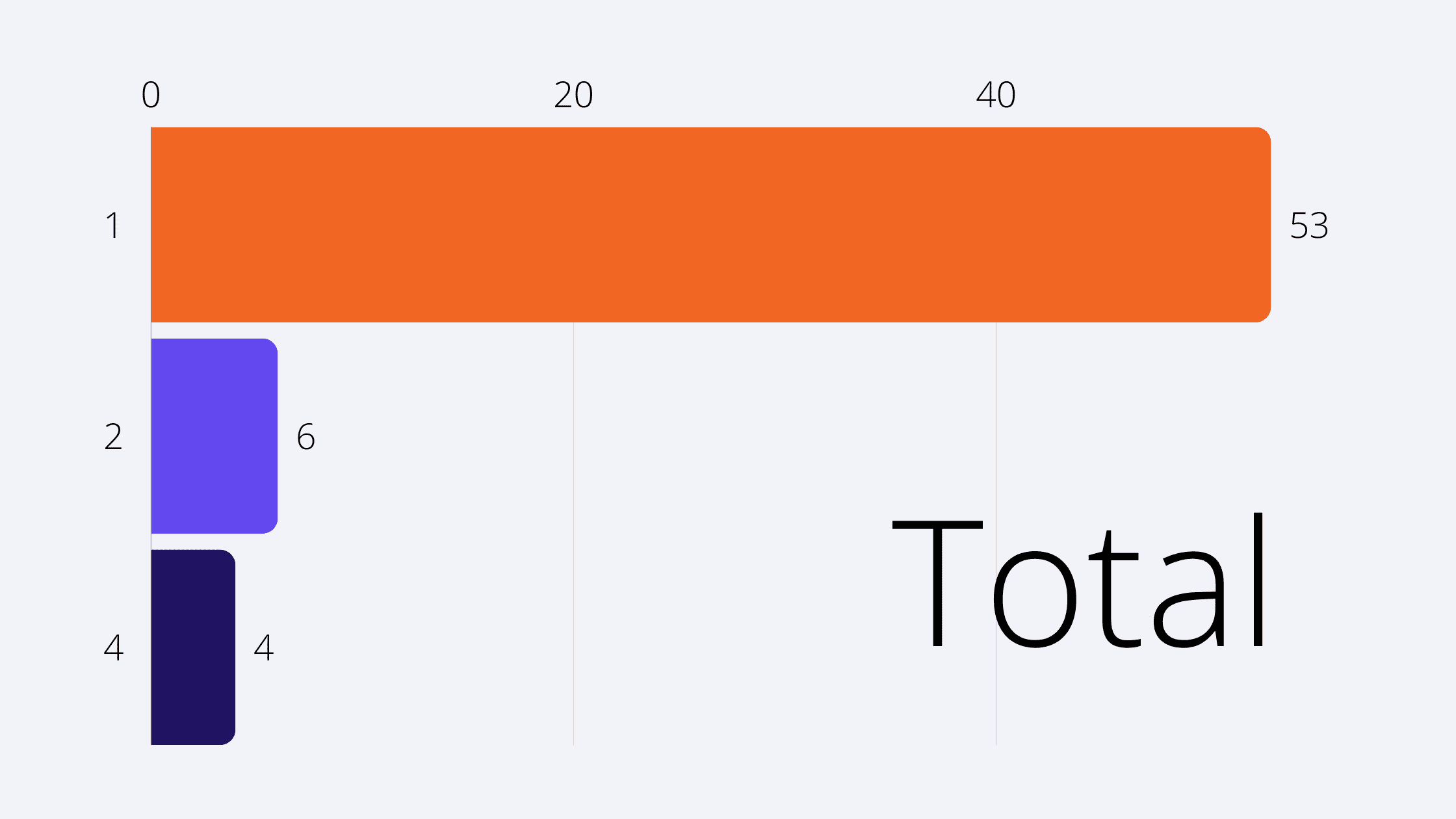

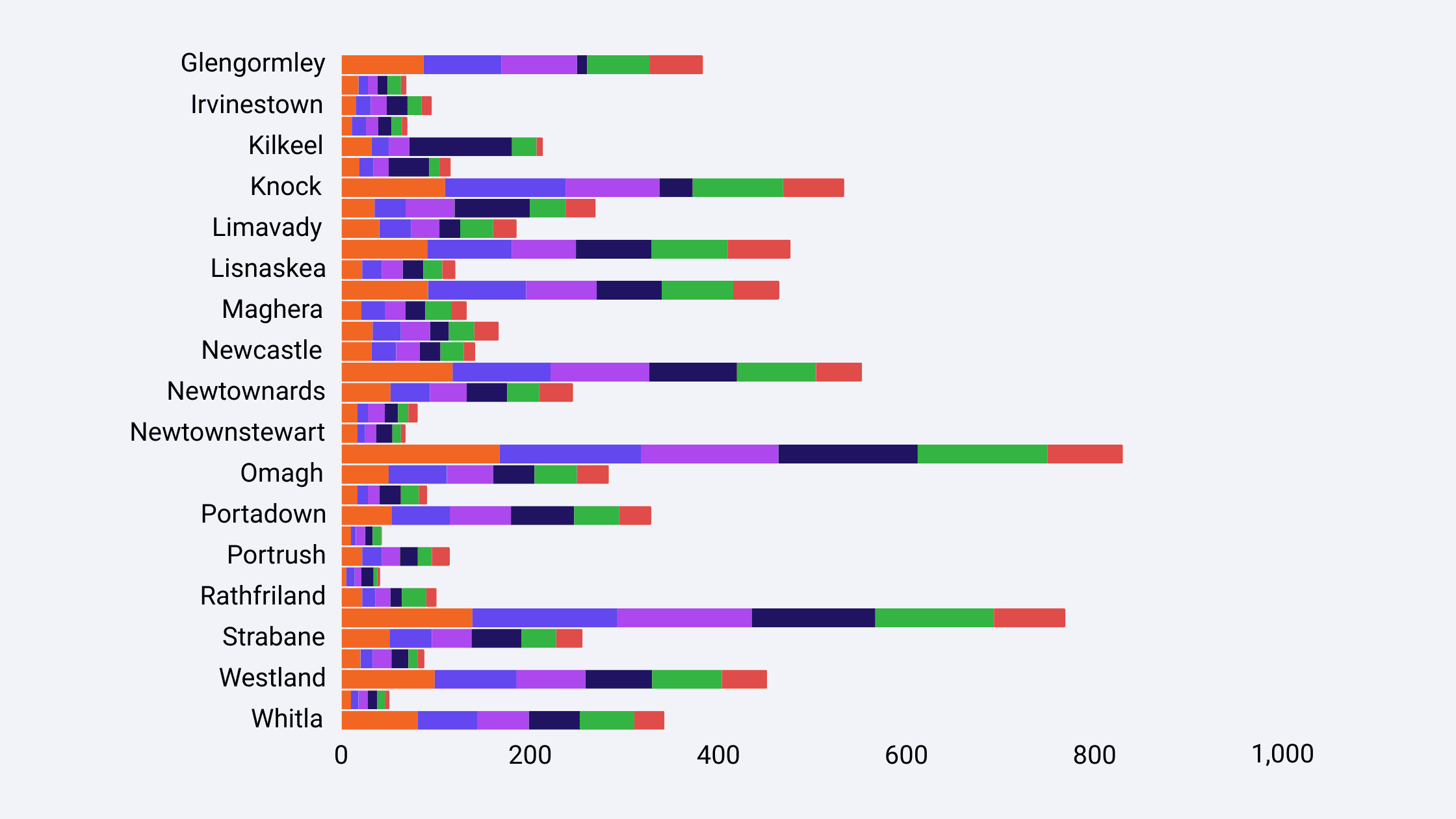
The comprehensive examination of fire incident data spanning from 2018 to 2023 in Northern Ireland paints a vivid picture of the dynamic nature of these occurrences. The fluctuations observed across different categories—be it by property type, casualties, or stations—highlight the ever-changing landscape of fire incidents. Trends emerged, revealing areas of concern and moments of progress. Residential properties and road vehicles often stood out as frequent settings for primary fires, urging heightened preventive measures.
The varied casualty counts underscored the impact of these incidents, while the station-wise data showcased diverse regional patterns in fire occurrences. Collectively, these insights emphasise the imperative for targeted strategies, continuous vigilance, and community-wide efforts to curtail and mitigate the risks associated with primary fires in Northern Ireland. The data serves as a foundation, offering a roadmap to bolster fire safety measures and work collectively towards a safer future for all.
What you should do now?
Whenever you’re ready we are here … here are 3 ways we can help your hotel transform your fire safety procedure.
1. Claim your Free 60-minute Strategy Session. If you would like to work with us to streamline your business fire safety procedure, claim your FREE Strategy Session. During this session, we will review your current fire safety activities, compare them against industry norms, and create a tailored action plan for the next 90 days and 12 months. This will not only make your hotel a safer place but also empower you as a manager with a solid, actionable plan to implement.
2. If you’d like to learn more about keeping your business safe, go to our blog or visit our resources section, where you can download guides and templates used by hundreds of hotels.
3. If you know someone who’d enjoy reading this page, share it with them via email, Linkedin, Facebook, or Twitter.
